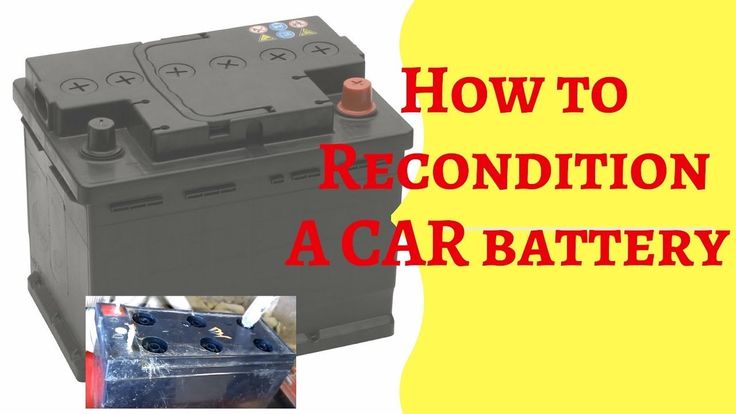If you leave your ATV to hibernate over the winter or to languish unused for months on end, you might have some issues getting your ATV to rouse from its long slumber. In this guide, we'll learn why this happens and what to do to restore your ATV battery.
ATV batteries that are left to discharge completely often won’t take a charge, and even if they do, they’ll not have as long a lifespan as they used to have. Extreme heat and cold are also hazardous to your battery’s well-being.
Whether you ride in extreme cold or heat, you can meet a variety of harmful factors for your health as well. Regulate your comfort with proper thermal underwear.
The way to avoid your battery’s slow death is through the use of a smart charger or trickle charger. Both of these types of charger can be set to monitor your ATV battery and keep it at full charge while you’re not using it for an extended period. This keeps the battery from discharging and maintains its health.
But what if your ATV battery dies completely? Is it possible to restore dead ATV batteries that have been completely discharged? In most cases, yes, you can use a multi-mode smart charger to bring your ATV battery back from the dead.
Image from www.atv.com
Let’s say you own a battery charger that you’ve used to charge your ATV battery in the past but this time it isn’t working. This is often because the ATV battery has been completely discharged so the charger doesn’t recognize the battery is connected at all.
It is possible to trick the charger into starting its charging process on your dead battery. Your charger should be capable of outputting amps as low as 1-3, depending on your ATV battery’s specifications. Using a charger that can only output at 10A like a dedicated car charger can cause an ATV battery to overheat.
For this trick, you’ll need another charged battery and a set of jumper cables.
1. Connect up the two batteries with a jumper cable, bridging their positive terminals.
2. Connect another jumper cable to the negative terminal of the good battery and attach the other end to ground or the dead battery’s negative terminal.
3. Start up the charger.
4. Once the charging process has begun, disconnect the cable from the good battery’s positive terminal.
5. Disconnect the cable from the dead battery’s negative terminal.
6. Disconnect the cable from the good battery’s negative terminal.
7. Wait for your dead battery to fully charge and test it out.
Many smart chargers will detect when the voltage is too low to perform a standard charge. A secondary Soft-Start mode will be used in an attempt to recover the battery.
If the Soft-Start mode is successful, the smart charger will switch to a Constant Current mode and begin charging the ATV battery as normal. If the Soft-Start mode isn’t successful, an error message will show and you’ll need to replace the battery.
If the Soft-Start mode isn’t successful, an error message will show and you’ll need to replace the battery.
Image from www.thedrive.com
A chief cause of the early failure of ATV batteries is sulfation. Sulfation is a build-up of lead sulfate crystals that happens over a battery’s lifetime. Every time you charge or discharge a battery, sulfate forms. Overcharge, undercharge, or leave your battery to discharge for several days, and sulfate will form much more quickly.
Smart battery chargers with a desulfating feature work to break down these crystals in the battery plates. They do this by sending a range of high-frequency electronic pulses through the battery that dissolves sulfate quickly.
Desulfating battery chargers either have a specific desulfation mode to recondition a battery or simply perform desulfation during every stage of the charging process. Smart battery charger manufacturers delineate the various stages of the charging process in different ways, but you can typically expect:
1. An Initialization Mode, where the smart charger diagnoses the state the battery is in,
An Initialization Mode, where the smart charger diagnoses the state the battery is in,
2. A Bulk Charge Mode, where battery voltage is applied at a constant rate until it reaches a predetermined level,
3. An Absorption Charge Mode, where the battery voltage is kept constant while the charge current amplitude drops,
4. And a Maintenance Charge Mode, where the battery is kept at a voltage slightly higher than if the battery were fully charged.
Having charged the desulfated battery completely, the battery will offer better performance and lifetime now that the desulfation has been reduced.
ALL SEASON Black
HIGH-ACTIVITY THERMAL UNDERWEAR
69 EUR
MASTER Camoarmy
THERMAL JACKET
99 EUR
POLAR JACKET Dark blue
FLEECE JACKET
119 EUR
POLAR OVERALL Dark blue
FLEECE OVERALL
129 EUR
SUBZERO Black
THERMAL UNDERWEAR FOR EXTREME COLD
74 EUR
MASTER Grey
THERMAL JACKET
94 EUR
THERMO S Black
THERMAL UNDERWEAR FOR COLD
64 EUR
COOLMAX Grey
SUMMER THERMAL SOCKS
14 EUR
EXTREME MERINO Dark grey
EXTRA WARM THERMAL SOCKS
24 EUR
MERINO Dark green
WARM THERMAL SOCKS
17 EUR
Explore all
Charging Instructions for Motorcycle Battery How do I jump-start my vehicle? 3 Ways To Revive A Dead ATV Battery
← Charging
Having your ATV battery not turn over can be a really terrible time.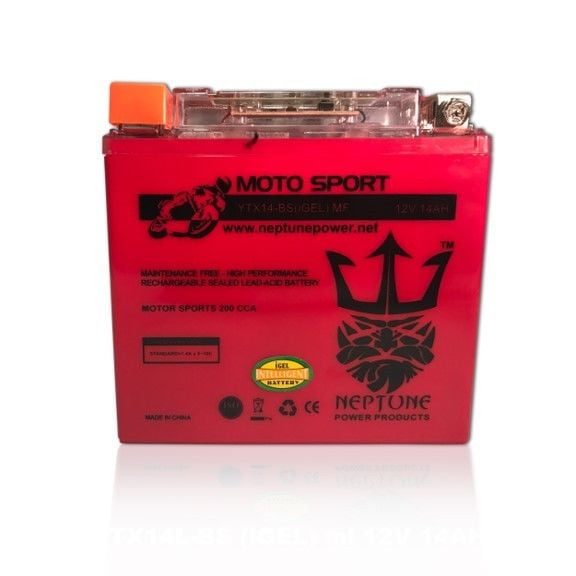 At home, you can charge it using your battery charger, but if you are out on a trail or at a campsite, it can be scary when it won't start. But all is not lost. There are a few ways you can get your ATV battery going again.
At home, you can charge it using your battery charger, but if you are out on a trail or at a campsite, it can be scary when it won't start. But all is not lost. There are a few ways you can get your ATV battery going again.
The Compression Start is where you basically trick the ATV into starting. What happens is you get the wheels moving, and that can trick the engine into rolling over. Once it is on, it will charge the Battery as you drive.
Turn on the key or switch and put your ATV into first gear. Sometimes, if you cannot get it rolling fast enough, you may need to put it into second gear. Pull the clutch up and get the ATV rolling to 10 MPH. Then let out the clutch and add gas as your hear the engine try to turn. This should make the engine fire. Make sure to pull in the clutch once it's started to make sure you don't crash
This is a really useful way to jump start your ATV as you will usually be cruising with at least one other ATV.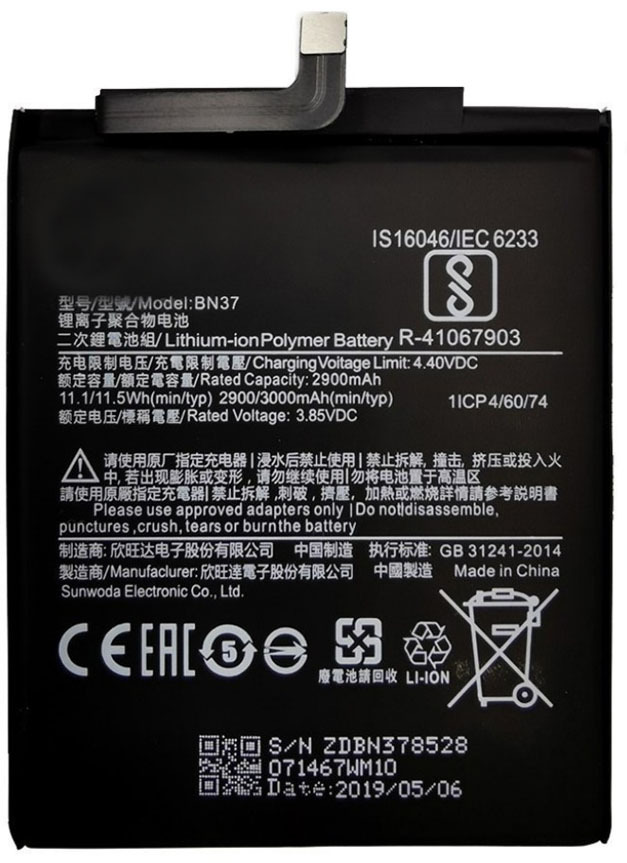 This is a fairly simple way to get your ATV running, it's merely jumping it like when you jump a car.
This is a fairly simple way to get your ATV running, it's merely jumping it like when you jump a car.
Connect the cables to the good battery first, then connect the bad Battery. When you connect the black wire, or the ground Wire, it is usually better to just attach it to the frame as there is not a lot of room on the battery. Just make sure it is grounded. Start the good battery first and let it idle for a few minutes. Then try starting the bad battery. Once it starts, remove the red wire first, then the black from the newly started ATV, repeat for the other. Let this ATV idle for a while before you turn it off.
You can actually use a car to jump start an ATV. This can be really useful if you just drove for miles and miles to a location and then found out your ATV isn't turning over.
Connect the wires like you would with any other ATV/ATV or car/car set up. Then, do NOT turn on the car. The car battery is much stronger than the ATV battery, and if you turned it on you could cause problems to the ATV Battery.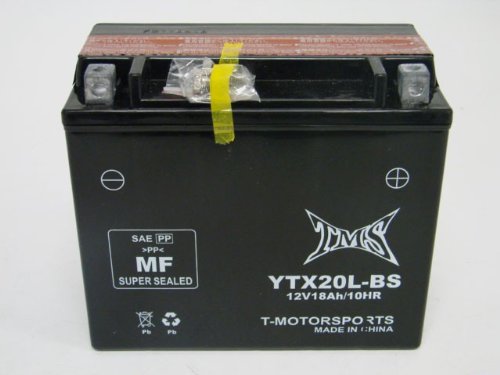 Instead, just try to turn on the ATV. If it was the battery preventing it from starting, then it should turn over.
Instead, just try to turn on the ATV. If it was the battery preventing it from starting, then it should turn over.
These three ways to get your ATV battery going can be really useful when you find yourself stranded. Knowing the power of your machine, what it can do, and how to get it going is very important for this. But try to take good care of your battery at all times, and check to make sure it is in working condition before you leave.
The battery is one of the important elements of electrical equipment. ATVs use lead-acid or gel models with the AGM label, which require extra care.
Insufficient charge can cause the unit to fail under excessive load, reduce its lifespan, or run out of power while riding, requiring you to manually steer the ATV. Standard ATV models have a factory charge indicator light, so you can know in advance when you need to recharge.
Owners often wonder how to properly charge their ATV battery.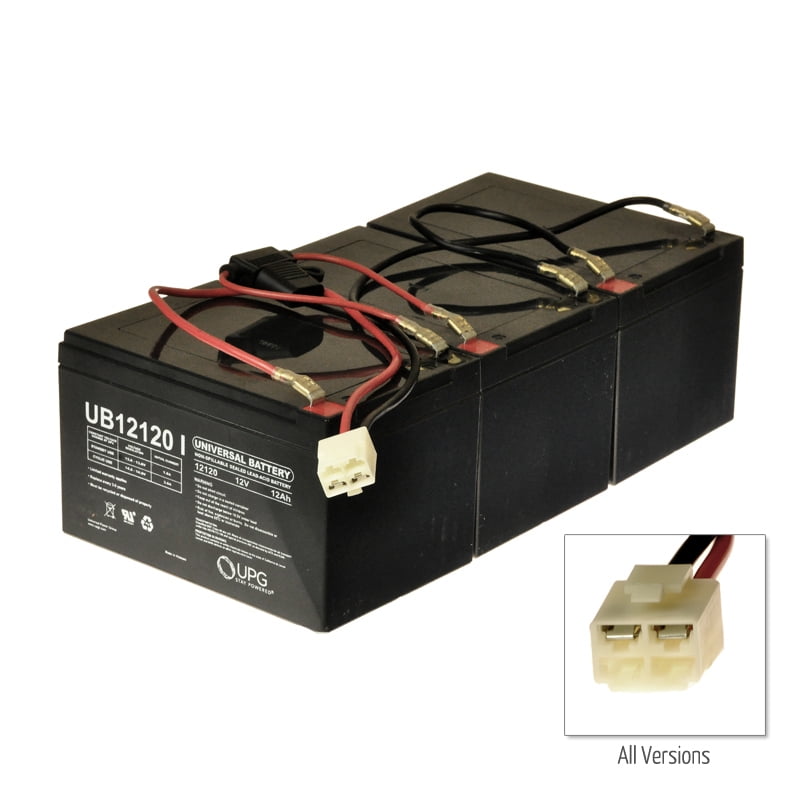 Before charging, the following rules must be observed:
Before charging, the following rules must be observed:
If the battery is removable and the motorcycle body does not have a connector for connecting the charger, then you will need tools to remove the battery:
The way in which the ATV battery is charged depends on the model of motorcycle equipment. If there is a charging connector, it is enough to connect the charger to a power source with voltage (in accordance with the factory recommendations). In the absence of a connector, the sequence of the recharging process is as follows:
If there is a charging connector, it is enough to connect the charger to a power source with voltage (in accordance with the factory recommendations). In the absence of a connector, the sequence of the recharging process is as follows:
In the next steps, it remains only to monitor the level of charge. You can turn off the power when you reach 80-90% charge. If there are no charge level indicators, the power supply will stop automatically when the charge level reaches the maximum. Average charging time is 5-8 hours.
Average charging time is 5-8 hours.
The final step is to install the charged battery back into the ATV. The period between charges may be affected by the capacity of the battery, the operating time of the ATV, external factors (for example, low air temperature). If the device malfunctions, a new battery for the ATV is selected.
Compliance with all requirements extends the life of the battery. Proper charging does not damage the battery capacity even after a long time. Keep the battery indoors at room temperature and do not subject it to mechanical stress.
Subscribe to our groups in social networks Vkontakte, Odnoklassniki.
contact center from 7:30 to 22:00
BlogHow to resuscitate a car battery
68
11 min02.06.2021
The reasons for failure of the battery can be:
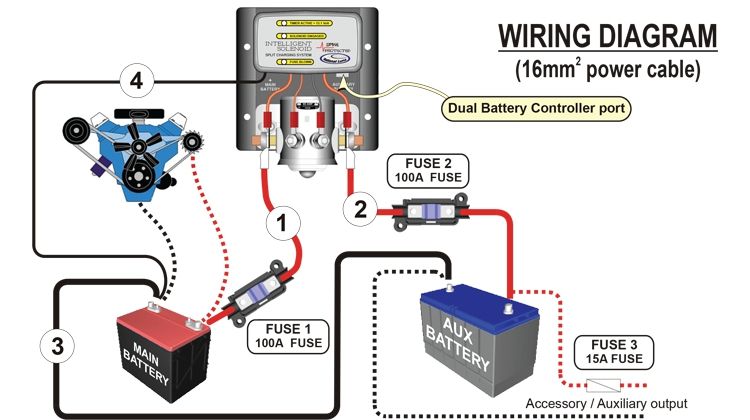
The simplest thing that can cause battery instability. Due to the oxide on the terminals, the connection of wires to the current terminals of the battery is poor. Therefore, the current from the starter to the battery is not supplied and the battery is not charged. At a critical moment, the battery simply will not start the car's starter.
In this case, it is required:
- remove oxide growth on the terminals with a rag,
- clean the current leads of the battery and terminals,
- lubricate the terminals with technical paste, or treat with a special aerosol spray,
- recharge the battery.
The following points may lead to complete or partial discharge of the starter battery:
- short city trips, long idle periods,
- current leakage due to damaged wire insulation in the car, additionally installed external sources of energy consumption (alarm, walkie-talkie, etc.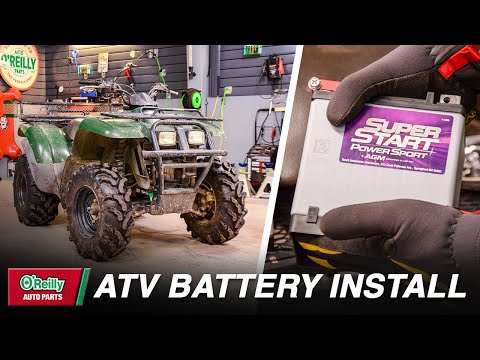 ), in the trunk of a car.
), in the trunk of a car.
In a discharged battery, the density of the electrolyte can be 1.18-1.22 g / cm 3, the voltage at the terminals under load is less than 10 V. In this case, the battery can simply be recharged.
Any transformer or pulse charger is suitable for recharging the battery.
If the device is automatic, you need to connect it to the battery in series:
- connect the charger wires to the battery, plus to plus, minus to minus;
- connect the equipment to the fixed network;
- select the charging mode.
The device itself will do the rest and control the charging current until the battery is fully charged.
A fully charged battery can be considered if the charging voltage and charging current remain unchanged for 1-2 hours.
If your charger is not automatic, then you should remember the general rules for recharging. The battery should be charged with a current value of 10% of the total battery capacity. That is, if you have a 60 Ah battery, then you need to charge it with a current of 6 A.
That is, if you have a 60 Ah battery, then you need to charge it with a current of 6 A.
After the battery is fully charged, the electrolyte density will rise, the voltage at the terminals will be restored and the battery will be ready for use again.
In other words, this is the crystallization of sulfuric acid on the surface of the plates, which prevents their normal "work". This happens due to natural wear and tear of the power source, and also prematurely if:
- you added pure electrolyte to the battery,
- the battery was undercharged for a long time,
- the battery was repeatedly brought to deep discharges,
- incorrect storage.
The following obvious clues serve as a sign of sulfation:
- the battery capacity drops rapidly (discharges quickly),
- when connected to the charger, the battery quickly charges and starts to boil,
- overheating of the plates, electrolyte boiling is observed on board the car after trips and increase the voltage at the outputs.
It is almost impossible to restore such a battery. But, in non-started cases, you can try to restore the battery using:
- a special charger with a desulfation function,
- by long-term charging the battery with low current, after adding distilled water to the battery.
A short circuit, as a rule, occurs due to shedding of the active mass, the existing sludge in contact with the negative and positive plates closes them.
Obvious signs will be the following facts:
- electrolyte is boiling in one of the cells;
- cloudy electrolyte in one cell;
- terminal voltage after charging 10-10.6 V.
At home, it is virtually impossible to restore a power source with a short circuit. It is better to take such a battery to a collection point.
With long periods of operation, or when the battery cover is not hermetically soldered (or cracks appear), the liquid level inside the battery decreases.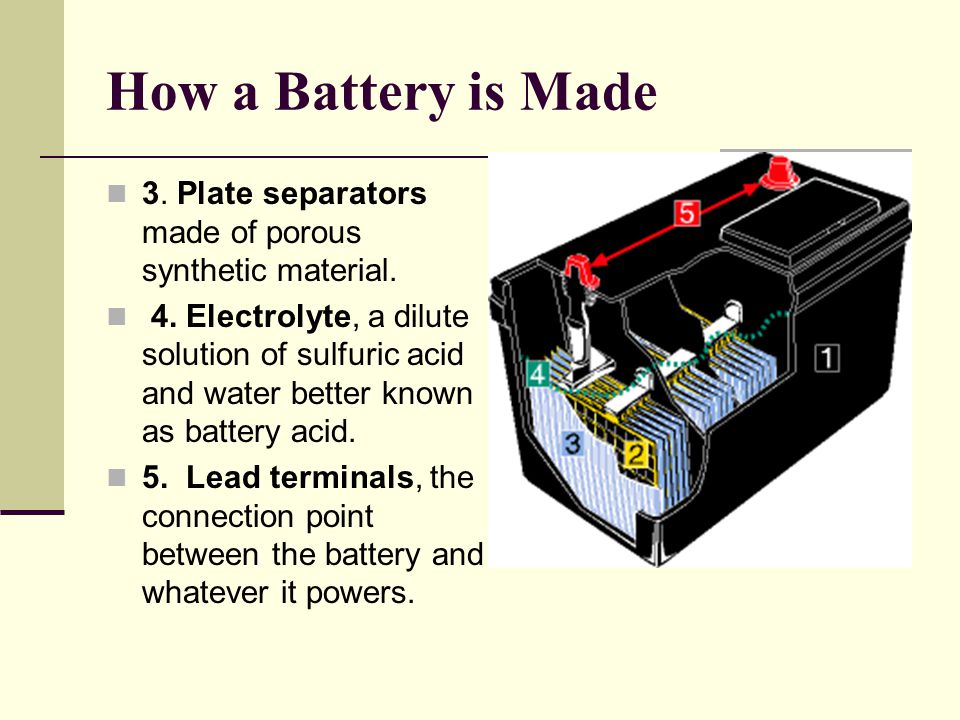
In the first case, this is due to evaporation from the distilled water composition. In the second case - due to electrolyte leakage.
It is easy to restore the battery when distilled water evaporates:
- it is necessary to add distilled water to the battery filling holes so that the bare plates are covered by the composition by about 1-1.5 cm,
- recharge the battery.
If the battery cover is not hermetically soldered, you can solder the electrolyte leak yourself and add distilled water to the cell from which the liquid was leaving. Then you need to recharge the battery.
A frozen battery becomes rounded. Frozen electrolyte expanding inside the battery, as a rule, breaks the plates and it is impossible to restore such a battery.
Battery freezing occurs due to deep battery discharge or low electrolyte density at significant sub-zero temperatures.
See the video instruction on this issue on the YouTube channel of the First Battery Company.